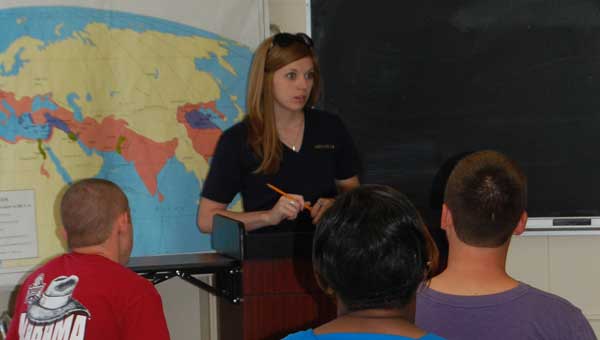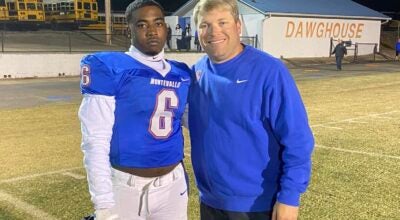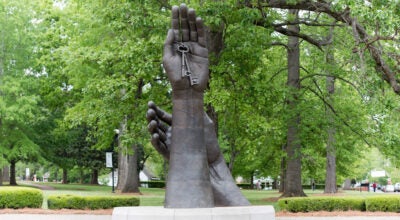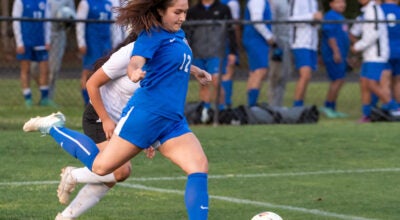Bringing history to life
Published 12:01 pm Monday, October 10, 2011

University of Montevallo student Kylee Parks leads a history class in a discussion on Oct. 7. | Katie McDowell
University of Montevallo students act out the past in new curriculum
By KATIE MCDOWELL / Lifestyles Editor
On a Friday morning, students in Dr. Ruth Truss’s history class at the University of Montevallo class got into a heated debate.
The topic was secession and whether the Kentucky legislature should hold a convention to discuss seceding from the union.
The students were participating in a Reacting to the Past historical simulation. While they were dressed for the 21st century – skinny jeans, T-shirts and rumpled hair – they acted like members of the Kentucky Legislature in the 1800s just before the American Civil War.
They read pro- and anti-secession newspapers created by their classmates. When the time came for the debate, they spoke passionately for the cause – urging their classmates to join their side.
In addition to a speaker of the house, governor and inspector general, characters included a Louisville attorney, country banker, anti-unionist and bookish lawyer.
Truss said this was the first time she had taught the seminar, but she was pleased with the outcome so far.
“I’ve very encouraged by it,” she said. “The students really get into it.”
Truss was introduced to the Reacting to the Past program by Dr. Clark Hultquist, chair of UM’s Department of Behavioral and Social Sciences. Hultquist has used the programs five times over the last two years.
He said the programs encourage creativity, initiative and debate in the classes.
“I hate to call them games because they’re really sophisticated simulations of historical events,” he said.
Currently, there are about seven programs in the Reacting to the Past curriculum, including the French Revolution and the Trial of Galileo. Students are assigned roles – such as governor or lawyer in Truss’s class – and they receive written instructions that help inform their characters.
They also read texts created during the time of the program and create their own documents, all of which can be used to help shape their characters.
Hultquist said the program allows the students to direct their own learning. In Truss’s class, she didn’t speak throughout the class, only slipping notes to a few students to help direct the conversation.
“They like being free,” Hultquist said. “They like the idea of taking charge of their own learning.”









